The purpose of persuasive writing is to convince someone to think the way you do. This term, as part of our inquiry, students in Room 5 have been learning how to write a persuasive argument. We started small with students learning to state their opinion and providing reasons for their thinking.
I would prefer to be an eagle. The first reason is because they can fly high. The second reason is because they can dive down and get their prey.
I would prefer to live at a beach. The first reason is you can have picnics with your family. The second reason is you can swim every day in the warm, wavy ocean. The third reason is you can go sailing in a boat on the lovely lake.
Opinions vs Facts - A fact is a statement that can be verified. An opinion is an expression of belief about something
Pro’s vs Cons - The pros are its advantages and cons of something are its disadvantages, which you consider carefully so that you can make a sensible decision
How to write a persuasive argument
-
Introduction - state your preference or opinion
-
Give reasons for why you think that way - elaborate or expand these reasons to give more detail to support what you think
-
Conclusion - restate your opinions and give a summary of your main reasons. Finish with a statement that reinforces your opinion.
-
Emotive language - attempts to persuade the audience to agree with someone's point of view by creating an emotional reaction. Specific words are used to evoke an emotional response from someone like anger, joy or sadness.
As the students became more confident and developed the skills in this area we looked at more complex situations where they had to elaborate or expand these reasons to provide more details to support these opinions. We considered pro’s and cons (advantages and disadvantages) of the situation and possible outcomes.
I think children should not be allowed to ride motorbikes at school. The most important reason is they wreck the environment. Motorbikes rip up the grass.
I would prefer to have a dog as a pet. The first reason is because they are good at keeping close to the police officer. The second reason is that dogs are also good at guarding houses. They bark loudly when strangers are near their houses.
Some Room 5 students found the most challenging part of writing persuasively was grouping their ideas and focusing on giving evidence for one reason at a time. They also found challenging crafting their conclusion by ending on a positive note that leaves a lasting impression on the reader and encourages a call for action. Which in simple terms, make someone act in the way you want them to.
I believe Wairakei Primary School is the best school in the universe and I can tell you why. The most important reason is the blue bars. You can swing on them, do tricks and sit on them. The second reason is we get to have special days like wheels day and pet day. Wheels day is the day you get to bring roller skates, bikes and scooters to school so you can have fun which is amazing. At pet day you can bring your pet and it is ok if you don’t have pets as you can do flowers instead. The third reason is the library. The great thing about the library is you get to take a chapter book home if you have a book licence. We also get to choose a book for the class, read it and have fun. In conclusion Wairakei Primary is the best school. We have cool blue bars, wheels day, pet day and an amazing library. You should absolutely send your children here.
I believe Wairakei Primary School is the best school in the world. The most important reason is the water day. This is because you can bring water guns. You can shoot water at people and there is a big water slide. The second reason is Enviro. This is because Enviro helps us to look after our environment. We learn to grow plants which help us to breathe. They grow tall and small and they also help the world live. The third reason is the gully. This is because there is a dirt slide. Sometimes you can’t go on it because it is too muddy. There are activities to do like building huts with sticks, leaves and dirt. In conclusion Wairakei Primary is the best school. We have a cool water day, Enviro group and the gully. You should absolutely send your children here.
In my opinion the best hero in our community is a Paramedic. The most important reason is the tools they use. This includes slings, a walkie talkie, oxygen and bandages. The bandages help people when they break their arm. Oxygen helps when you cannot breathe. The second reason is the different jobs a paramedic does. This includes helping at car accidents, emergency and sports injuries. In car accidents they help people who have cuts from the glass windows by stopping the bleeding. In conclusion my favourite community hero is the paramedic. Their tools and jobs help us everyday. Who else would you prefer to help you in an emergency.
We were lucky enough to have Josh, our paramedic come along to visit on our celebration day to read some of the amazing persuasive writing that the students had crafted. He was impressed to learn that had voted him their favourite community hero. Expect to see a few of the current Room 5 students driving around in an ambulance in a few years time.
A final goal to extend their learning and allow them to apply the skills they have developed this term is to create an advertisement to encourage people to come and visit our great town of Taupō. While it will provide a challenge in applying these skills when interviewing, visual techniques and adding emotive language I am certain the students are ready to accept the challenge.
Keywords: facts, opinions, pro, cons, prefer, reasons, elaboration, evidence, introduction, conclusion, emotive language, convince
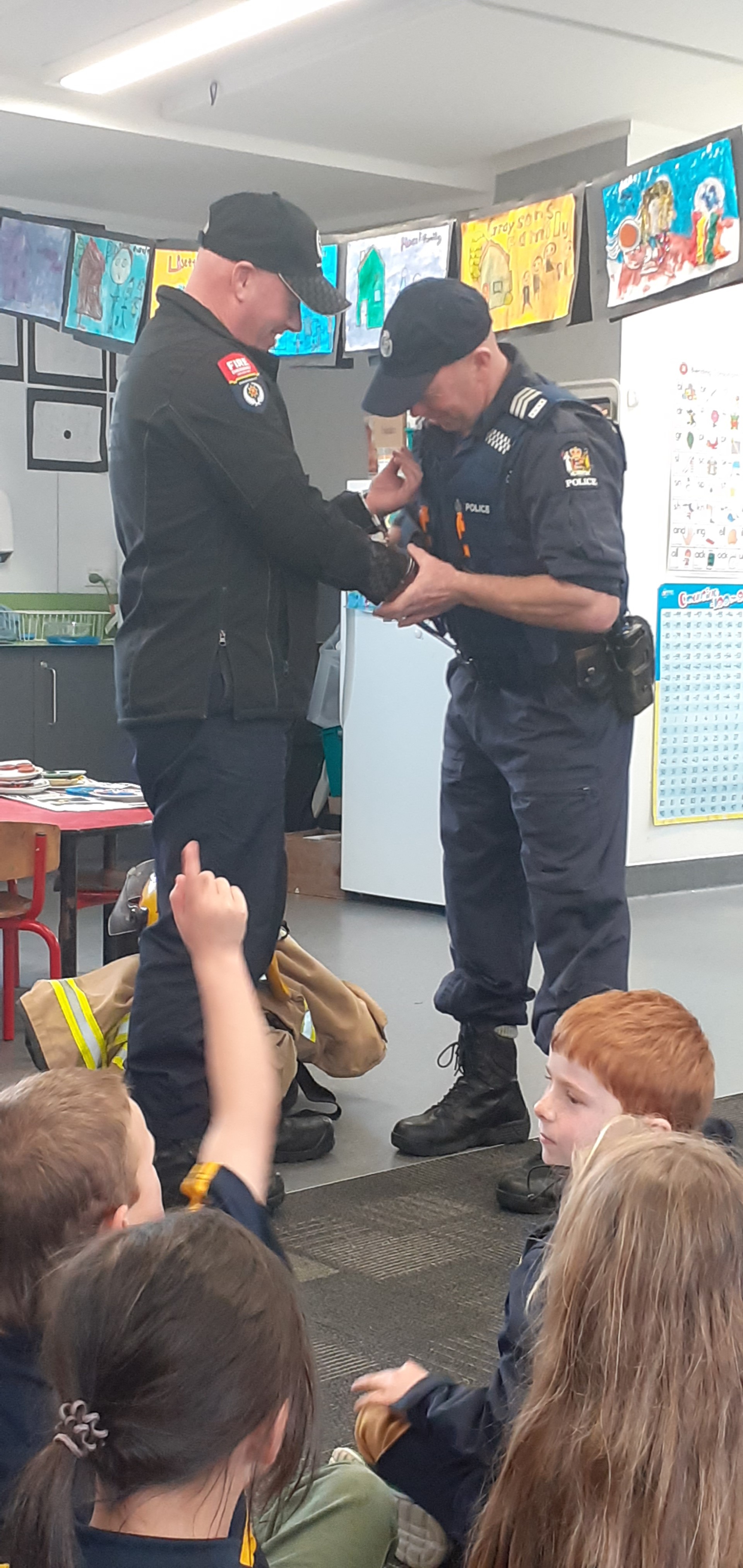
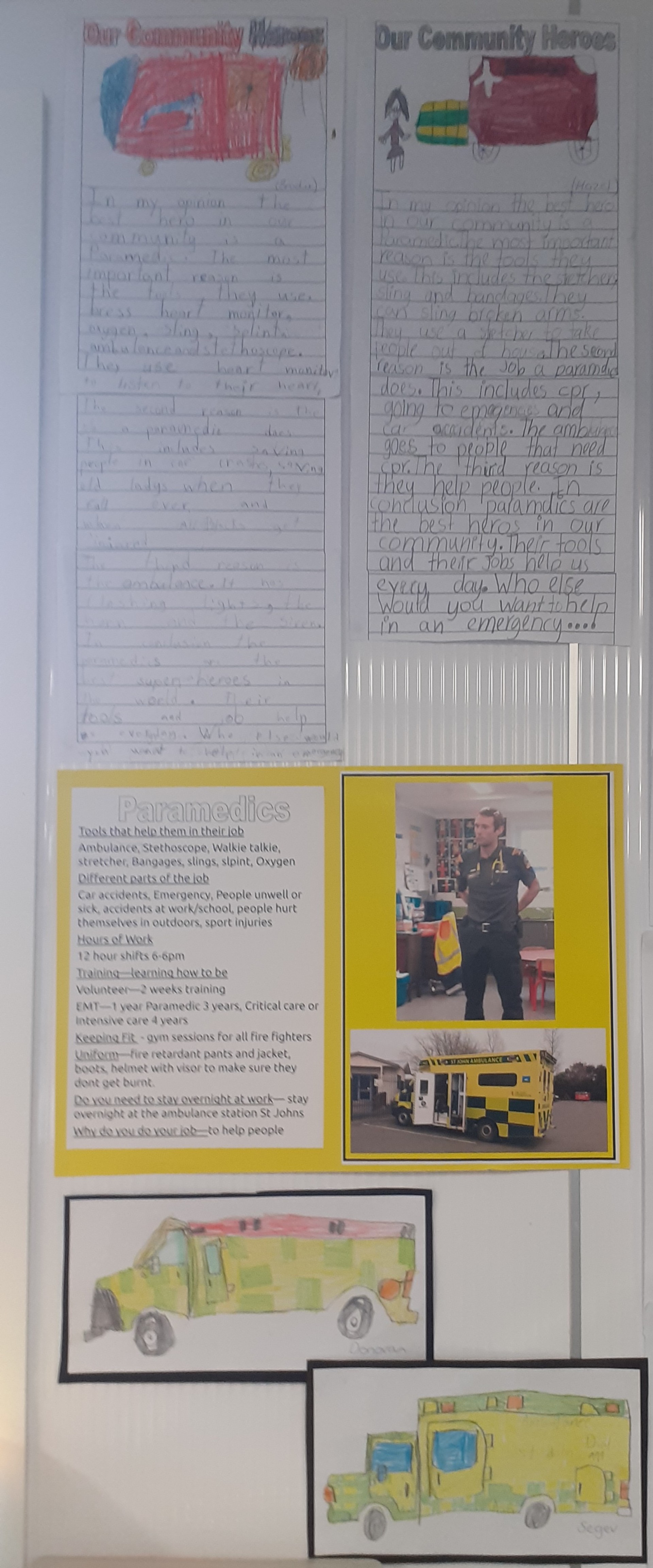

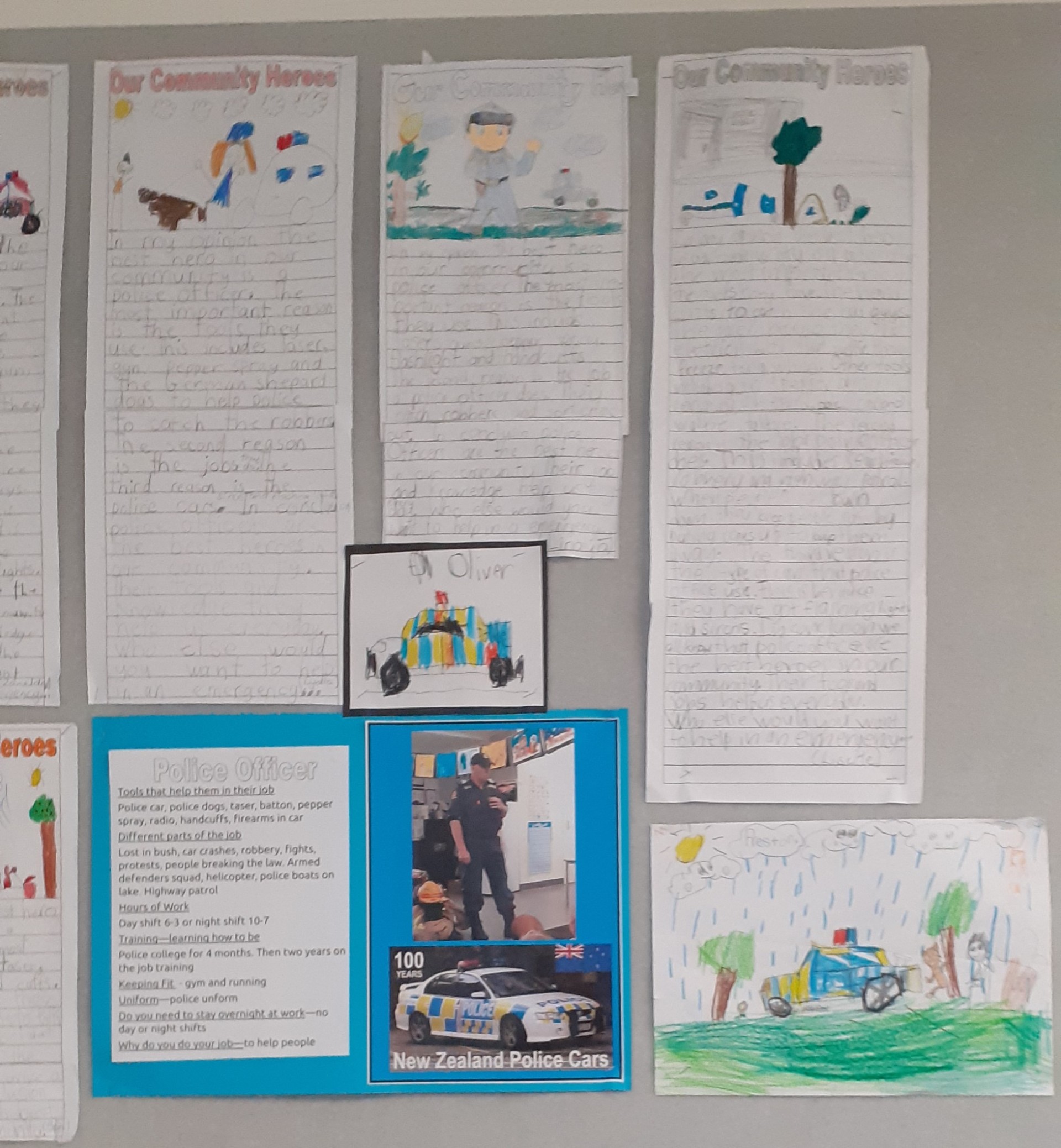
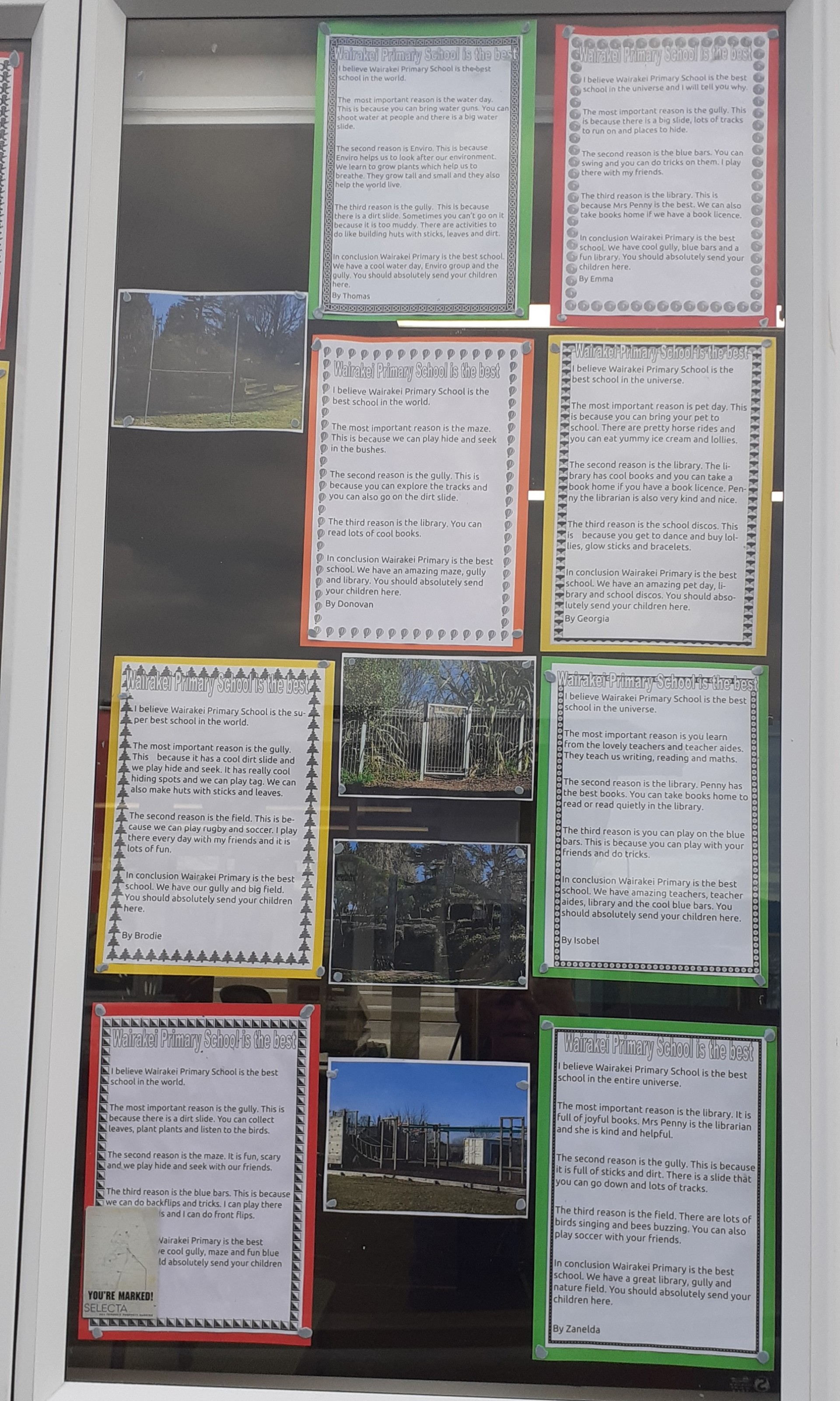
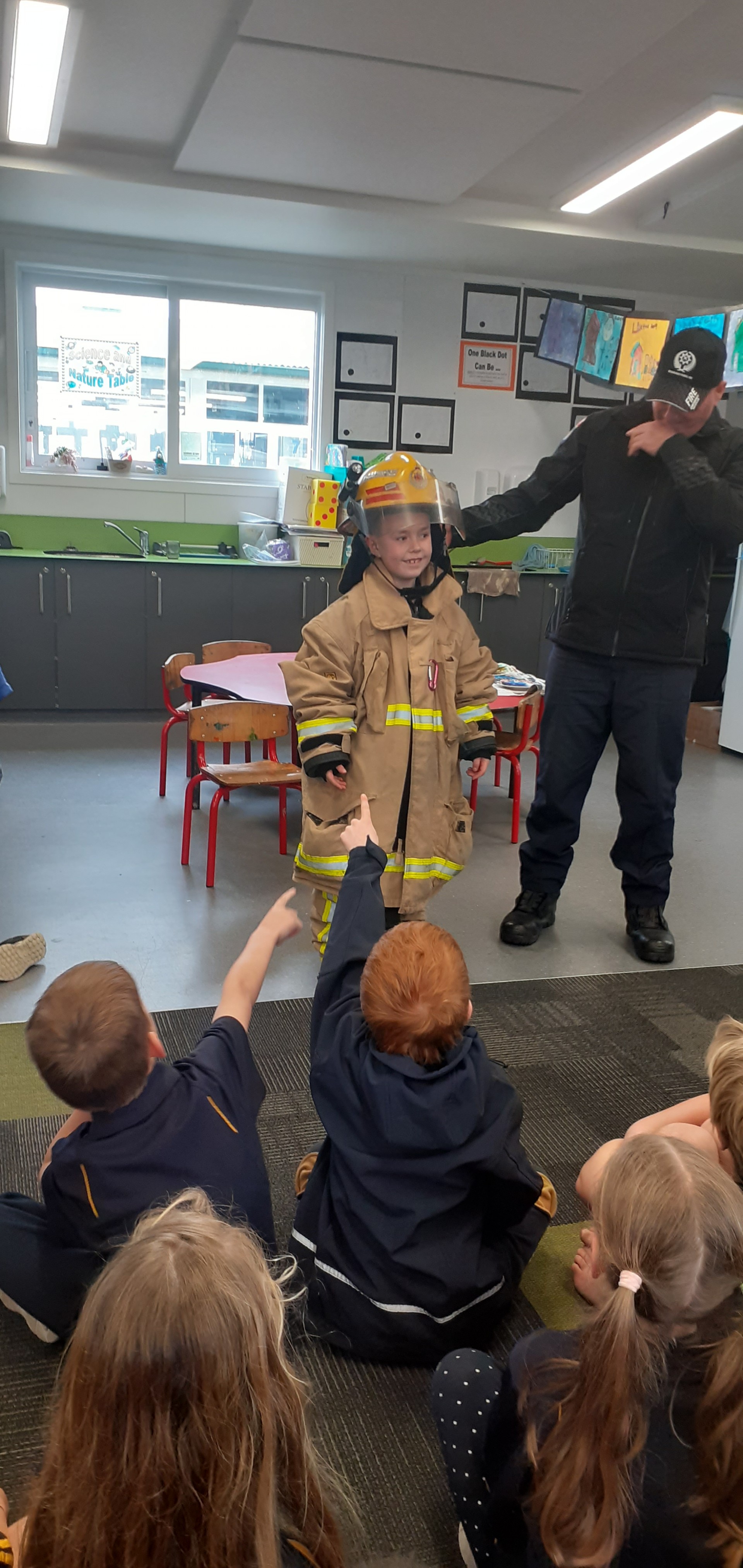
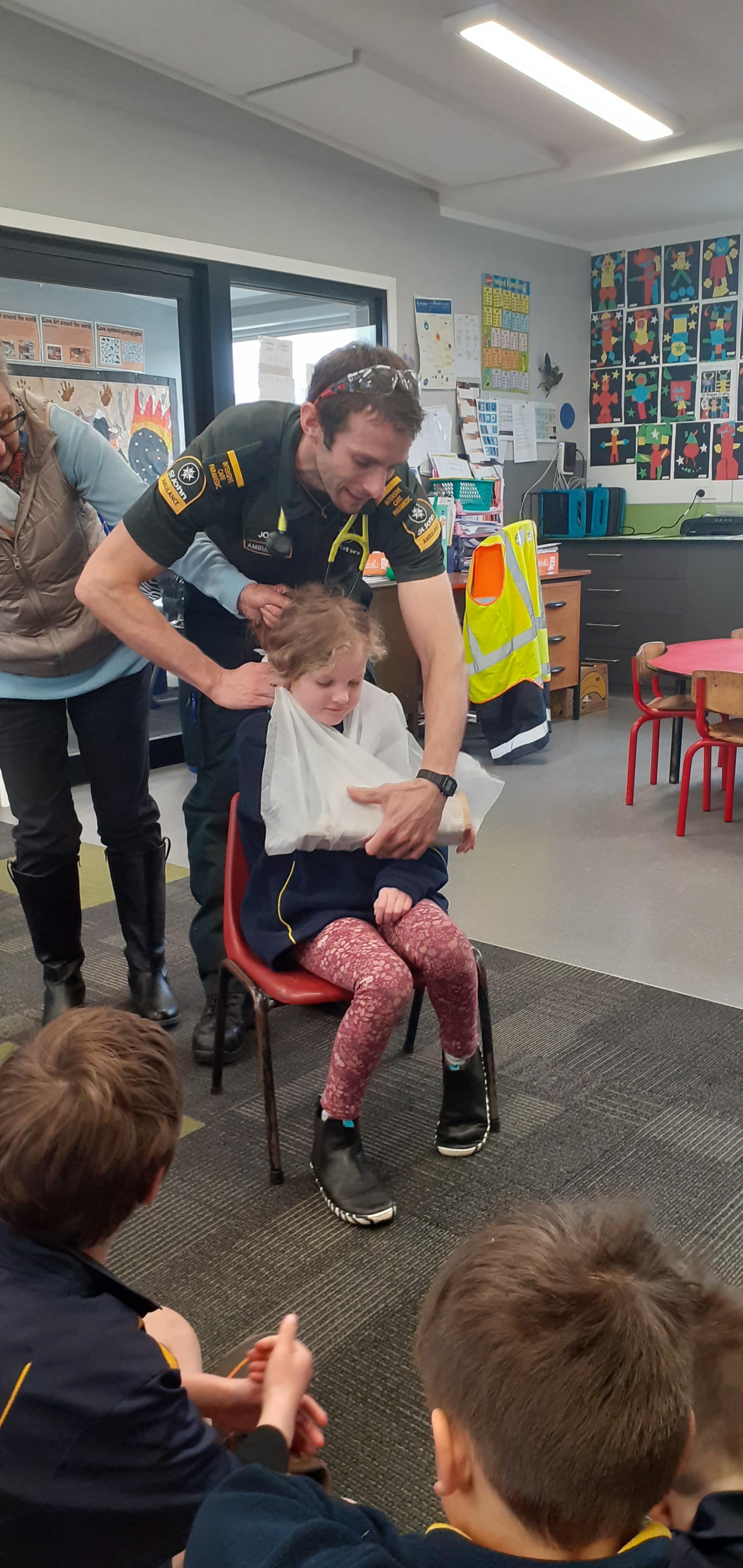


Comments are disabled for this post.